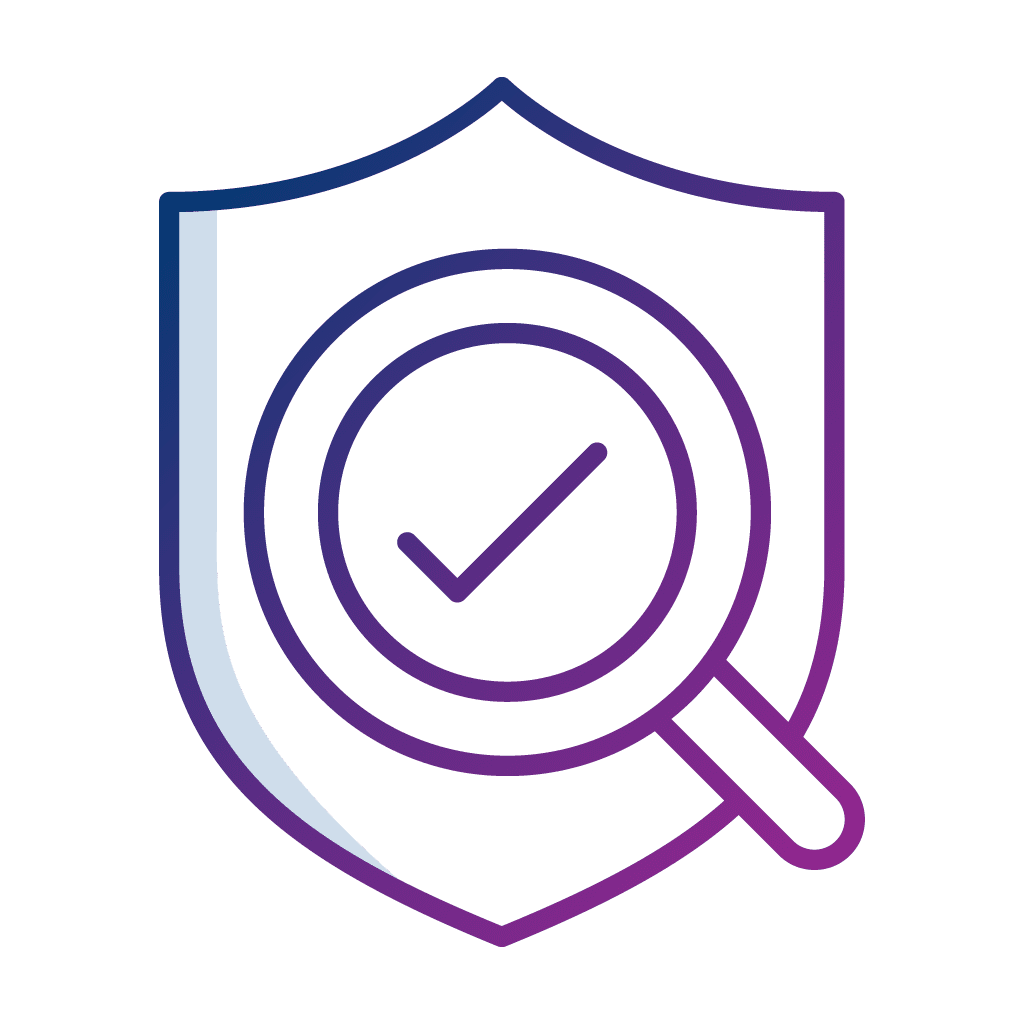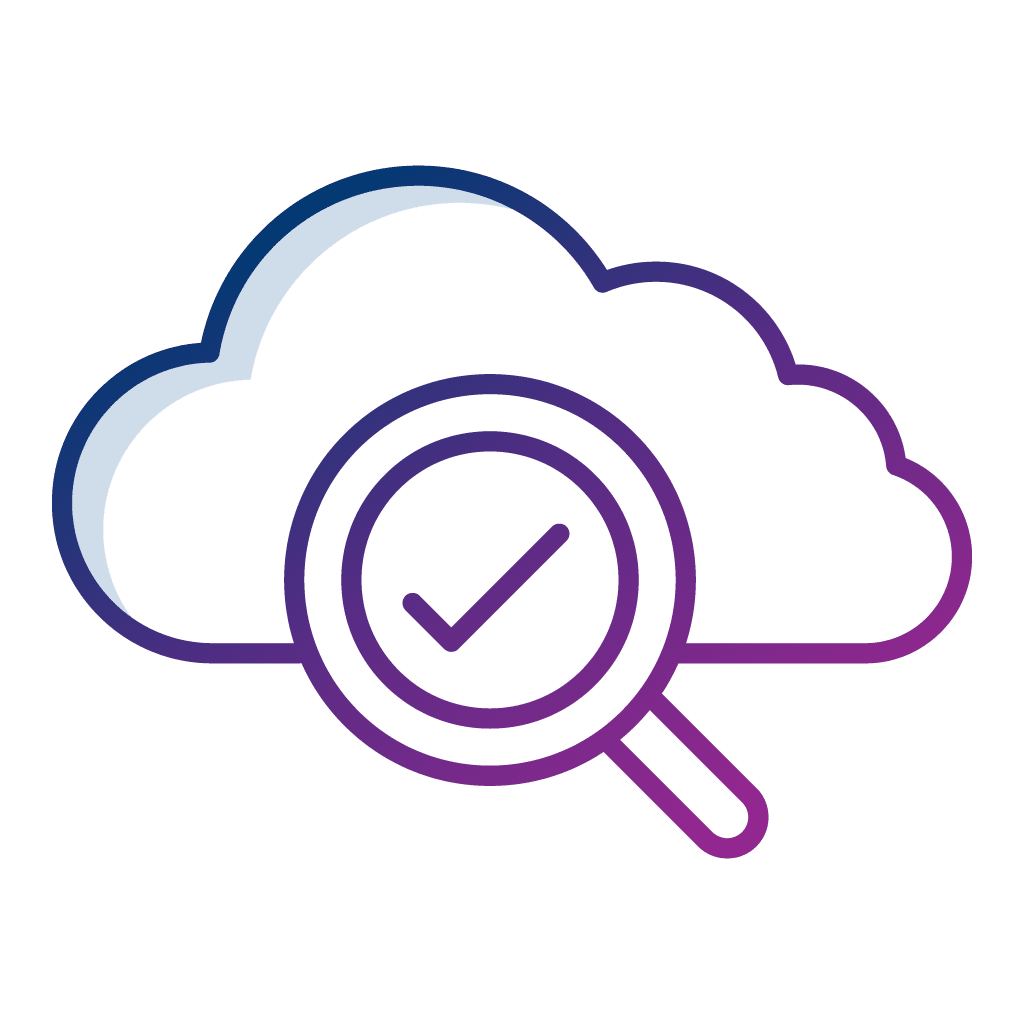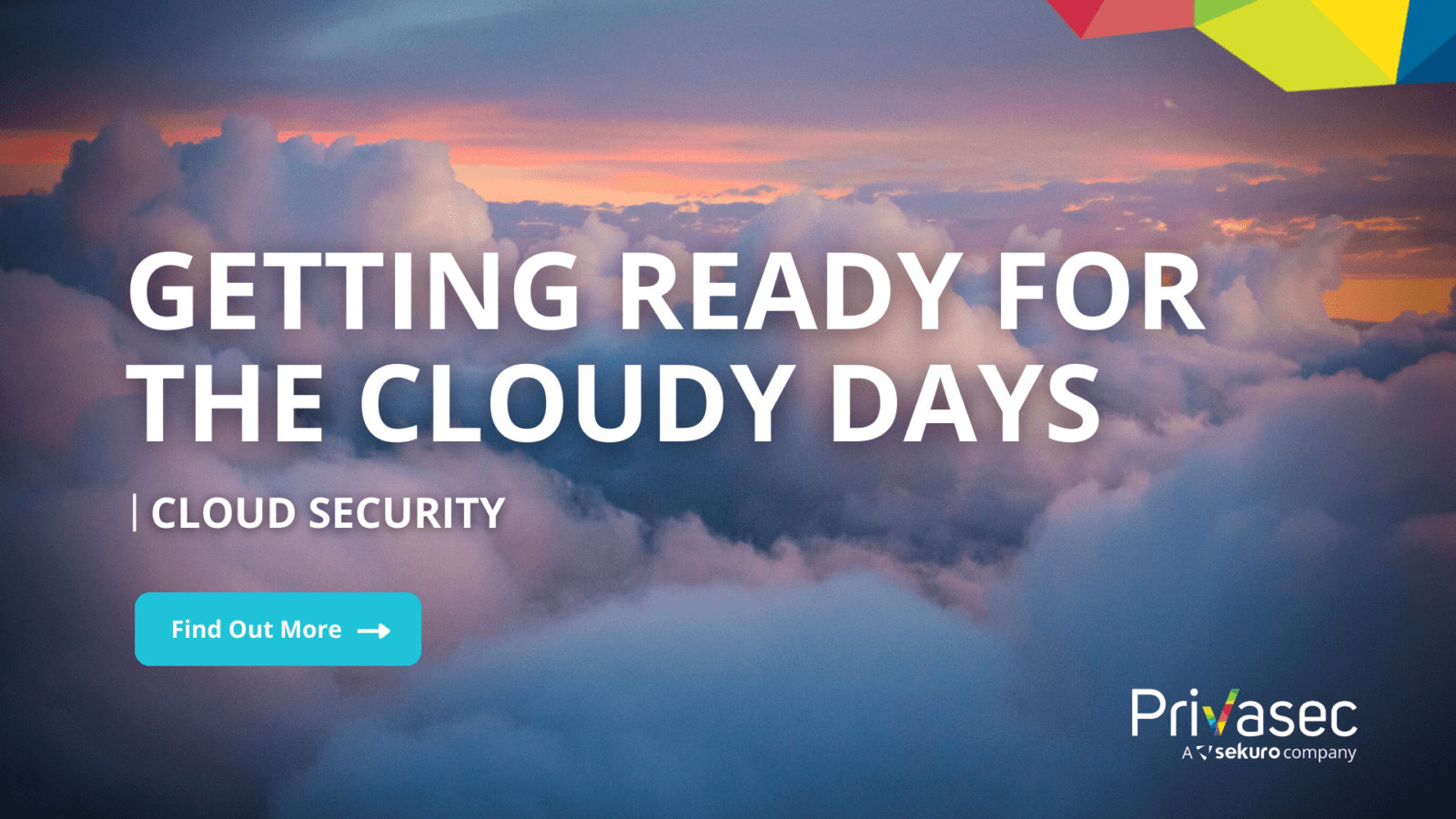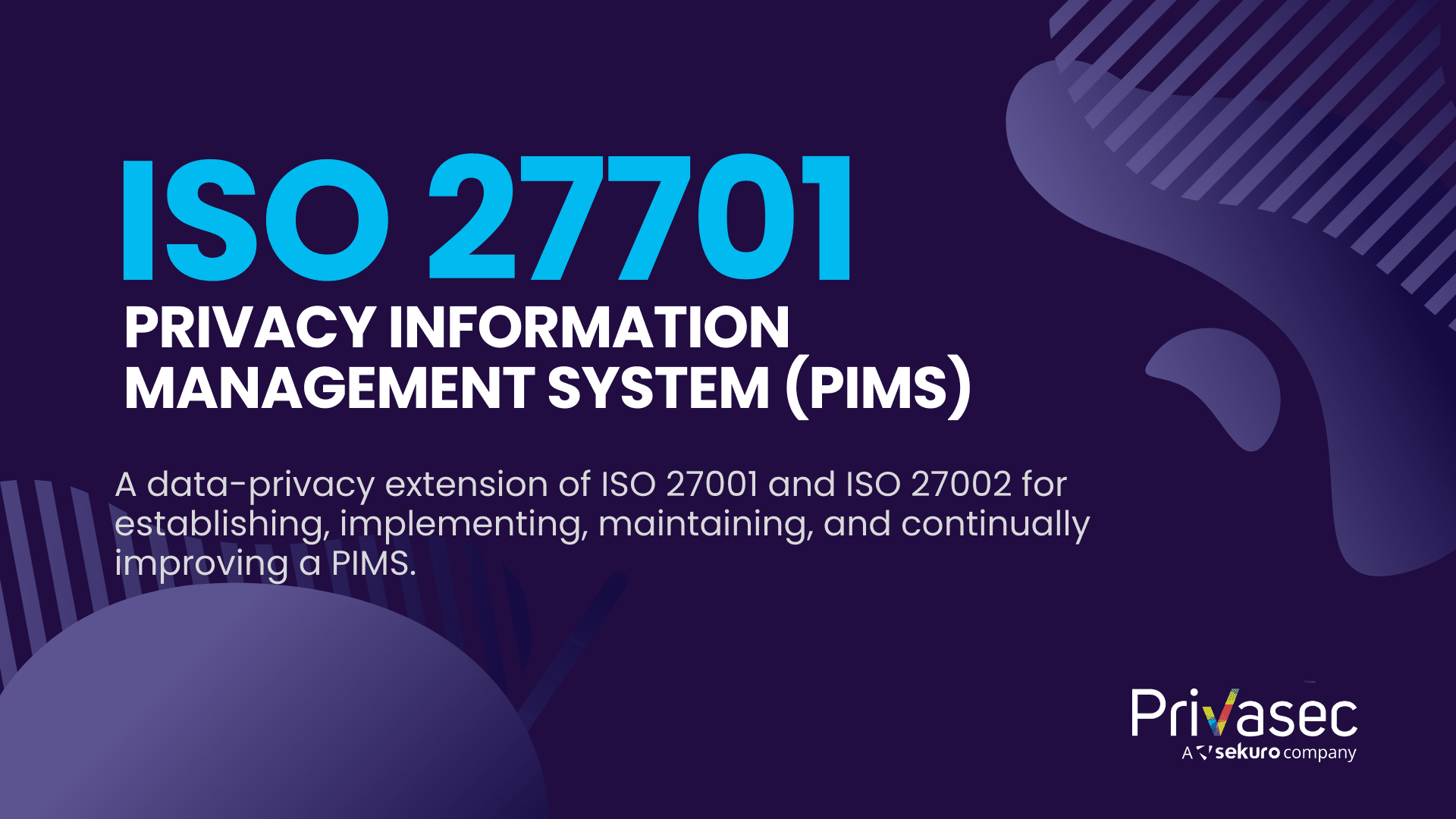In today’s rapidly evolving digital landscape, cloud computing has emerged as a game-changer for organisations across industries. With its inherent flexibility, scalability, and cost-effectiveness, cloud services have revolutionised the way businesses operate. However, with organisations’ growing reliance on cloud services to store and process their sensitive data, the importance of robust cloud security measures cannot be overstated.
In this blog post, we will delve into the significance of cloud security in today’s digital age and provide insights into common cloud challenges organisations face. Furthermore, we will explore essential cloud security solutions and approaches organisations can adopt to fortify their digital assets, ensuring the integrity and confidentiality of their data.
Why Cloud Security
Cloud security empowers businesses to leverage the full potential of the cloud and confidently embrace digital transformation initiatives.
As organisations transition to cloud services, safeguarding sensitive information, ensuring data privacy, and protecting against sophisticated cyber threats are critical concerns. Cloud security commonly follows the shared responsibility model, which defines the division of security responsibilities between cloud service providers and cloud users. By implementing robust measures such as regular cloud security assessments, organisations can mitigate risks, maintain regulatory compliance, and build trust among their customers and stakeholders.
Cloud Shared Responsibility Model
According to this model, cloud service providers are responsible for the security of cloud infrastructure, including physical data centres, network infrastructure and hypervisors. They also provide essential security controls and ensure the availability and reliability of their services.
On the other hand, cloud users have the crucial responsibility of securing their data and applications within the cloud environment. This includes implementing proper access controls, encrypting sensitive data, and configuring security settings based on their specific needs. Cloud users are also responsible for monitoring their systems, detecting and responding to security incidents, and maintaining compliance with relevant regulations.
This model emphasises collaboration between cloud service providers and cloud users to ensure a secure cloud environment.
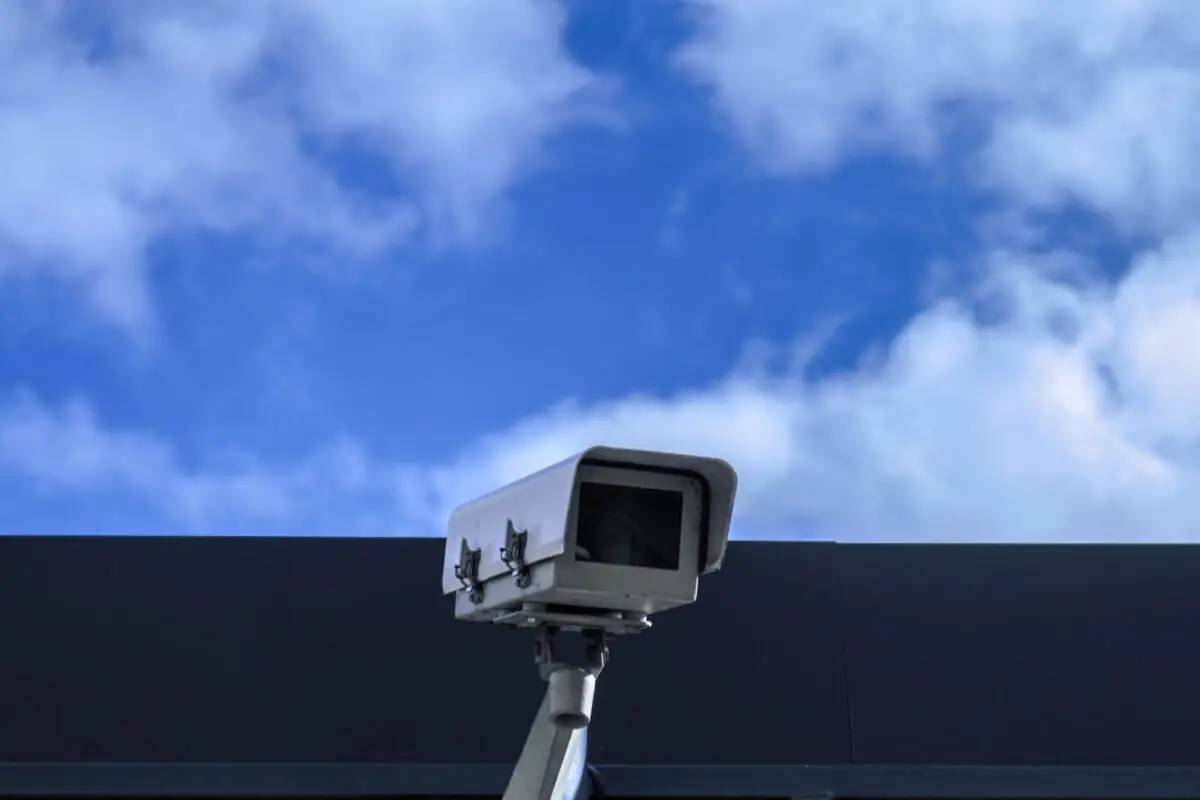
Cloud Security Challenges
83% of organisations have experienced at least one cloud data breach related to access, and about half of those breaches (50%) have been attributed to access permissions.
Ermetic, State of Cloud Security Report 2021
Accompanying the multitude of benefits cloud services offer, organisations frequently encounter distinct challenges throughout their cloud journey. These challenges encompass a range of areas, such as data security and privacy, compliance adherence, identity and access management, effective cloud governance, and the complexities of managing multi-cloud or hybrid cloud environments.
These obstacles require careful consideration and proactive measures to overcome, ensuring that organisations can fully leverage the cloud’s advantages while addressing the specific challenges head-on. A cloud security assessment comes into play, helping organisations recognise and address these areas of concern. This allows them to navigate their cloud journey more effectively and optimise their cloud deployments for enhanced security, compliance and operational efficiency.

Cloud Security Solutions
A thorough cloud security assessment will unveil comprehensive insights and observations. These encompass in-depth assessment results, security threats to the business stemming from identified vulnerabilities, and remediations to alleviating these risks. Subsequently, organisations can adopt various approaches, solutions and tools to address the unique challenges of cloud security. Among the commonly employed resolutions are:
Implementing strong access controls and authentication measures, such as multi-factor authentication (MFA) and Identity and Access Management (IAM), to ensure that only authorised individuals can access relevant resources. Data encryption, both in transit and at rest, provides additional protection against unauthorised access or interception, with secure key management practices crucial to maintaining data confidentiality.
To prevent data breaches, organisations can adopt Data Loss Prevention (DLP) solutions, which monitor and protect sensitive data in the cloud, preventing unauthorised access, leakage, or misuse of confidential information. The utilisation of Cloud Access Security Broker (CASB) solutions offers visibility and control over cloud services, enabling organisations to enforce security policies, monitor user activities, and protect data in cloud environments.
Security Information and Event Management (SIEM) solutions collect and analyse security logs and events from various cloud resources, providing real-time threat detection, incident response, and compliance monitoring. Cloud Security Posture Management (CSPM) solutions assess and manage the security posture of cloud environments, identifying misconfigurations, vulnerabilities, and compliance gaps to ensure a strong security foundation.
Additional measures include conducting vulnerability assessments and penetration testing to identify and remediate security vulnerabilities in the cloud infrastructure and developing robust incident response plans and disaster recovery strategies tailored to the cloud environment to respond to and recover from security incidents or disruptions promptly.
Technical Assurance
Leveraging offensive techniques, such as penetration testing and social engineering, potential threats and vulnerabilities within the organisation’s systems, network and infrastructure can be identified. Integrated with the Governance, Risk and Compliance (GRC) services, with the use of risk assessments and software architecture reviews, this help identifies the most critical assets and systems to prioritise for hunting. Furthermore, compliance audits would also be done to ensure that the organisation adheres to industry standards and regulations.
Conclusion
Overall, cloud security is paramount for organisations leveraging the power of cloud computing. Organisations need to recognise the importance of cloud security, understand and address the common cloud challenges, to adopt appropriate security solutions and approaches. With that, organisations can then fortify their digital assets and confidently embrace the benefits of the cloud.
Prioritising cloud security safeguards sensitive information, fosters trust, enhances regulatory compliance, and paves the way for successful digital transformation initiatives.
Related Posts:
Secure your business with us
Simply drop us an email at [email protected] or call us at +65 6610 9597 (SG) / 1800 996 001 (AU) for more details








